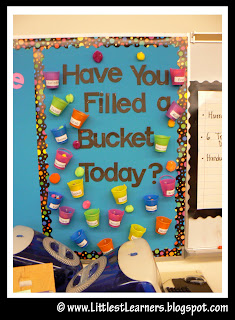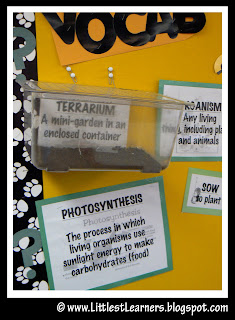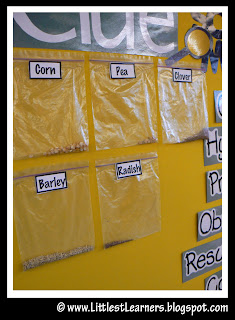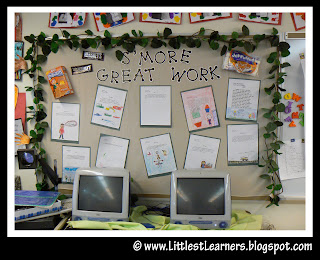 A hectic week in the heat, an early morning flight, and the tail end of a tummy bug (and OK, I admit it, a dose of Infant Tylenol) resulted in the best case scenerio for us (and the bazillion and one other passengers on Southwest Flight 174)...sleeping babies.
A hectic week in the heat, an early morning flight, and the tail end of a tummy bug (and OK, I admit it, a dose of Infant Tylenol) resulted in the best case scenerio for us (and the bazillion and one other passengers on Southwest Flight 174)...sleeping babies.
As in, out cold for 2.5 hours of a 2.75 hour flight.
It was the traveling twin mama jackpot.
While I was not able to enjoy a magazine or even an itty-bitty pouch of peanuts, I did enjoy some wonderful, quiet cuddle time. Given the alternative possibility of 2.75 hours of screaming babies, poopy diapers at 30,000 feet and/or angry seatmates, I was thrilled. I used that time to just sit and think. Vacation was ending and it was time to transition back to real life.
I started to think about school and the fact that the year would start winding down.
I started to realize that there was only 8-9 weeks left until summer vacation.
And then the realization hit.
THERE ARE ONLY 8-9 WEEKS LEFT!!!
There is so much that needs to happen in those 8-9 weeks. On my plate alone we have: a 3rd grade play, math MCAS, report cards, promotions, Open House, conferences, setting up for next year, field trips, field days, cumulative folders, portfolios, and more and more and more! I'm sure your to do lists look the same.
So I thought today would be a good day to blog about pacing yourself.
1. Start by making a to do list. Brainstorm every little task you can think of that needs to be accomplished between now and that blessed event known as summer vacation. Include anything that comes to mind.
2. Grab a highlighter and highlight any task that can be farmed out to a para, parent or even a student.
3. Break down the remaining tasks into manageable parts. If you have 25 students then plan on writing out 5 report card comments a day for a week.
3. Print out calendars for the remaining months of school. I like these.
4. Look at the items that are on your list that you need to do yourself and plug them into the calendar so that you are able to pace yourself and allow ample time to complete each item. Set deadlines earlier than required when possible. Having everything written down will make you more likely to get things done efficiently and less likely to feel overwhelmed by all there is to do.

 I was recently visiting my friend Jill's room and noticed her cool science bulletin board. I was reminded about how much I love adding 3D elements to boards.
I was recently visiting my friend Jill's room and noticed her cool science bulletin board. I was reminded about how much I love adding 3D elements to boards. She had created a display for her fifth graders that included an actual terrarium and seeds. Both were showcased in clear containers and labeled. It looked great.
She had created a display for her fifth graders that included an actual terrarium and seeds. Both were showcased in clear containers and labeled. It looked great. I love to add interesting borders by attaching vines, fake foliage, holiday lights, garland, streamers, hawaiian leis, etc to the edges in place of commercial border.
I love to add interesting borders by attaching vines, fake foliage, holiday lights, garland, streamers, hawaiian leis, etc to the edges in place of commercial border. 































